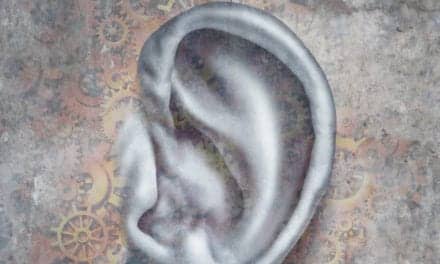In a new study, linguists investigated intonation–a key part of prosody–in American Sign Language (ASL) and found that native ASL signers learn intonation in much the same way that users of spoken languages do.
In an article published in the September 2015 issue of Language, the authors explain that a spoken language is more than just words and sounds. Speakers use changes in pitch and rhythm, known as prosody, to provide emphasis, show emotion, and otherwise add meaning to what they say. However, a language does not need to be spoken to have prosody, the researchers reveal. Sign languages, such as ASL, use movements, pauses, and facial expressions to achieve the same goals.
Linguists Diane Brentari, PhD, University of Chicago, Joshua Falk, University of Chicago, and George Wolford, MS, Purdue University, studied how deaf children, aged 5 to 8, who were native learners of ASL used intonational features like “sign lengthening” and facial cues as they acquired ASL. The linguists found that children learned these features in three stages labeled “appearance, reorganization, and mastery.” They accurately replicated the use of these features in simpler contexts, attempting unsuccessfully at first to use them in more challenging contexts, then using them accurately in all contexts as they fully learn the rules of prosody.
Previous research has shown that native learners of spoken languages acquire intonation following a similar pattern. Brentari and colleagues also found that young signers of ASL use certain intonational features with different frequencies than adult ASL signers.
According to an announcement from the Linguistic Society of America, this study, “The acquisition of prosody in American Sign Language,” is the first comparative analysis of prosody in ASL between children and adults who are native ASL signers, and helps demonstrate the similarities in language acquisition between signed and spoken languages. This research may also make it easier to accurately transcribe certain linguistic units of ASL, which could benefit automatic ASL translation through motion-capture software.
Source: Linguistic Society of America (LSA); Purdue University; ScienceDaily
Photo credits: University of Chicago; © Monika Wisniewska | Dreamstime.com




